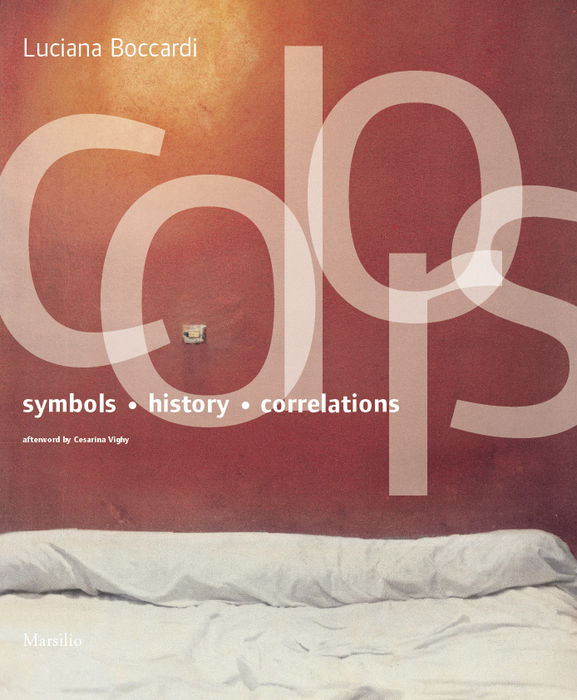It is only possible to learn something about ourselves through a classification of our preferences for colors if we have a thorough understanding of the symbols, meanings, history and associations of those colors. Why do we say things like "black day," "green with envy," "white lie," "seeing red" and "feeling blue?" Hitherto almost always studied with detachment, discussed by men of letters and "magicians" with the sense of awe natural to any "mysterious" dimension, colors have had a scientific role to play in the investigation of the individual ever since the dawn of psychoanalysis, which sees them as an aid in the process of discovering who we really are. Our liking for or rejection of a color clearly reveals a tendency, an aspect of our character of which we may not have been aware: each color tells a story with its symbology, and with that story tells us something about ourselves. But how did the colors come to be assigned a particular significance, a particular correspondence? To what extent have history, political developments, religions, superstition and myth influenced the intellectual definition of a color? Why is it that in the popular imagination yellow is the color of the police investigation, crime and jealousy, green is associated with hope and blue with meditation? And why is red the color of power? How come superstition assigns qualities of reserve and sadness to violet? And is white really the color of innocence or is it also...? These intriguing and mysterious questions have been the focus of the research that makes this book a synthesis of what has been written by scholars, scientists, poets and "soul-searchers," aiming to arrive with the science of colors at a portrait of ourselves, warts and all. Concentrating almost exclusively on Western culture, Luciana Boccardi's "investigation of the rainbow" is accompanied by the eloquent photographs of Vittorio Pescatori and the paintings of Ludovico De Luigi, who entrusts the task of "ferryman," of an ideal guide for each color, to Pulcinella: "a stock character of the Neapolitan commedia dell'arte that," declares the painter, "embodies all the irony of the Venetian temperament."
